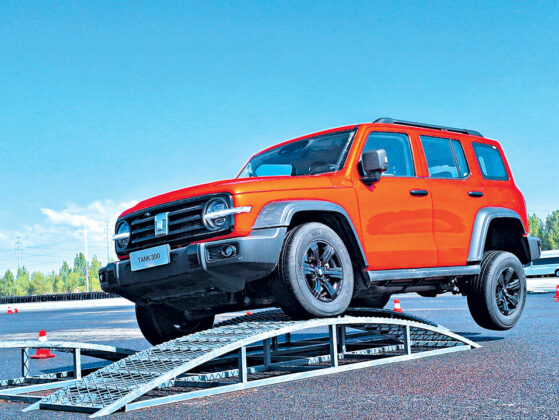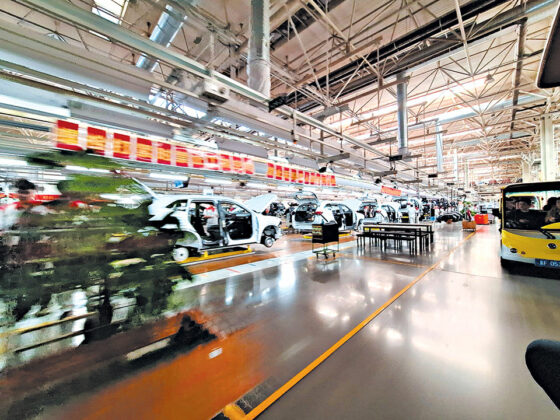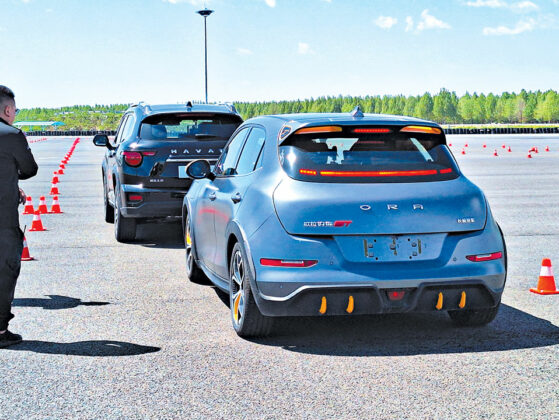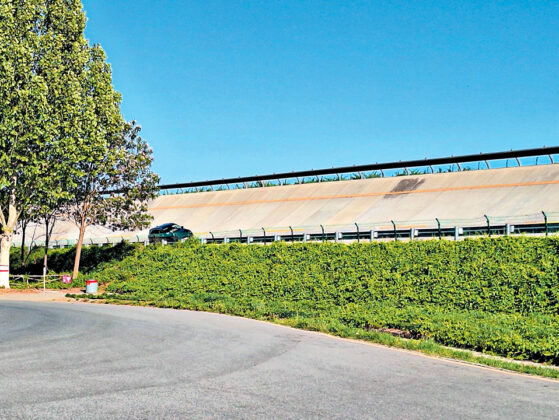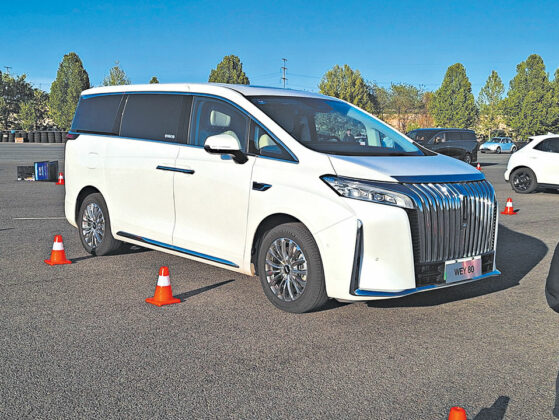Great Wall Motor goes global
The Chinese auto group intends to be a heavyweight
By Dylan Afuang
THROUGH KILOMETERS of challenging roads, facilities backed by big investments, and under bright stage lights, Chinese car maker Great Wall Motor (GWM) — via its portfolio of brands comprised of Haval, Ora, Poer, Tank, and Wey — showed its intent to be a, well, great player in the global auto arena.
The company did just that when it sent media representatives and GWM dealers from Asean, Australian, and South American markets to the 2024 GWM Global Conference prior to Auto China 2024 — both events held at the brand’s home country.
In GWM’s facilities in Baoding and Xushui, we sampled the brand’s cars and learned how they’re made. This was prior to the public unveiling of the marque’s latest vehicles at the annual international motor show in Beijing, roughly 150 kilometers away from the manufacturing bases.
Haval banners crossover SUVs, Ora offers electric vehicles with retro design touches, Poer (pronounced as “power”) focuses on pickup trucks, Tank boasts off-road SUVs, and finally, Wey presents upscale crossovers and MPVs.
“Velocity” joined the Philippine contingent for the Conference and Auto China with Luxuriant Auto Group, Inc. (LAGI). The company distributes various vehicles from the aforementioned brands here, with these carrying the GWM branding.
Situated in the Xushui district of Baoding province, GWM described what it simply calls its manufacturing base as “one of the largest production bases of (GWM) and produces models under its Haval and Wey brands.”
The base covers 13 square kilometers and has collected investment exceeding CN¥30 billion (roughly P23 billion). The site is expected to produce one million vehicles annually. Occupying 1,113 square meters of the base is “the first comprehensive test field constructed by a Chinese auto brand” upon which GWM performs a battery of tests to its vehicles prior to production. Circling the test track is a 7.2-kilometer oval track that allows vehicles to reach speeds of up to 200kph. Within this high-speed track are simulated hilly and twisty roads where pre-production cars’ performance and handling are evaluated.
Attendees of the Global Conference were able to ride the Haval SUV as it zoomed around the oval track, steered Ora’s stylish O3 and O3 GT and 07, and Wey’s upscale SUV and MPV around cones, and scaled simulated terrain with the Tank SUV and Poer pickup truck.
Of note is the Wey Gaoshan luxury MPV, which made its first local appearance at the 2024 Manila International Auto Show (MIAS) and is slated to arrive within this year, LAGI Product Marketing Manager Fritz De Ocampo confirmed to the attending Philippine media.
Near the test tracks stands GWM’s Haval Technical and Design Center. Touted to be “the largest research and development facility among Chinese auto brands in China,” it serves as the global R&D site for Haval and now, for the company’s entire brand portfolio.
The center “provides support for the entire vehicle development process, including product planning, styling, engineering, and prototype production and testing” for the auto group. Product testing is performed in 14 laboratories that include high-altitude environment simulation and a wind tunnel. In total, the testing facilities cover an area of 45,000 square meters.
In the prototype center, it occupies an area of 24,000 square meters and includes departments for vehicle prototype validation, concept car production and inspection. Despite GWM carrying battery electric vehicles in its stable, the company is venturing into hydrogen fuel cell power, too.
Through its subsidiary GWM-FTXT, the automaker is producing hydrogen energy and storage and conversion facilities, and applying the powertrain to commercial vehicles. GWM has yet to produce its own trucks and buses, but its FTXT technology is utilized by its Chinese truck maker partners FAW, Kinglong, and Yutong.
FTXT hydrogen technology is being used by 500 vehicles in China, GWM claimed, adding that it aims to expand the market reach of the technology and lower the production costs of the systems.

